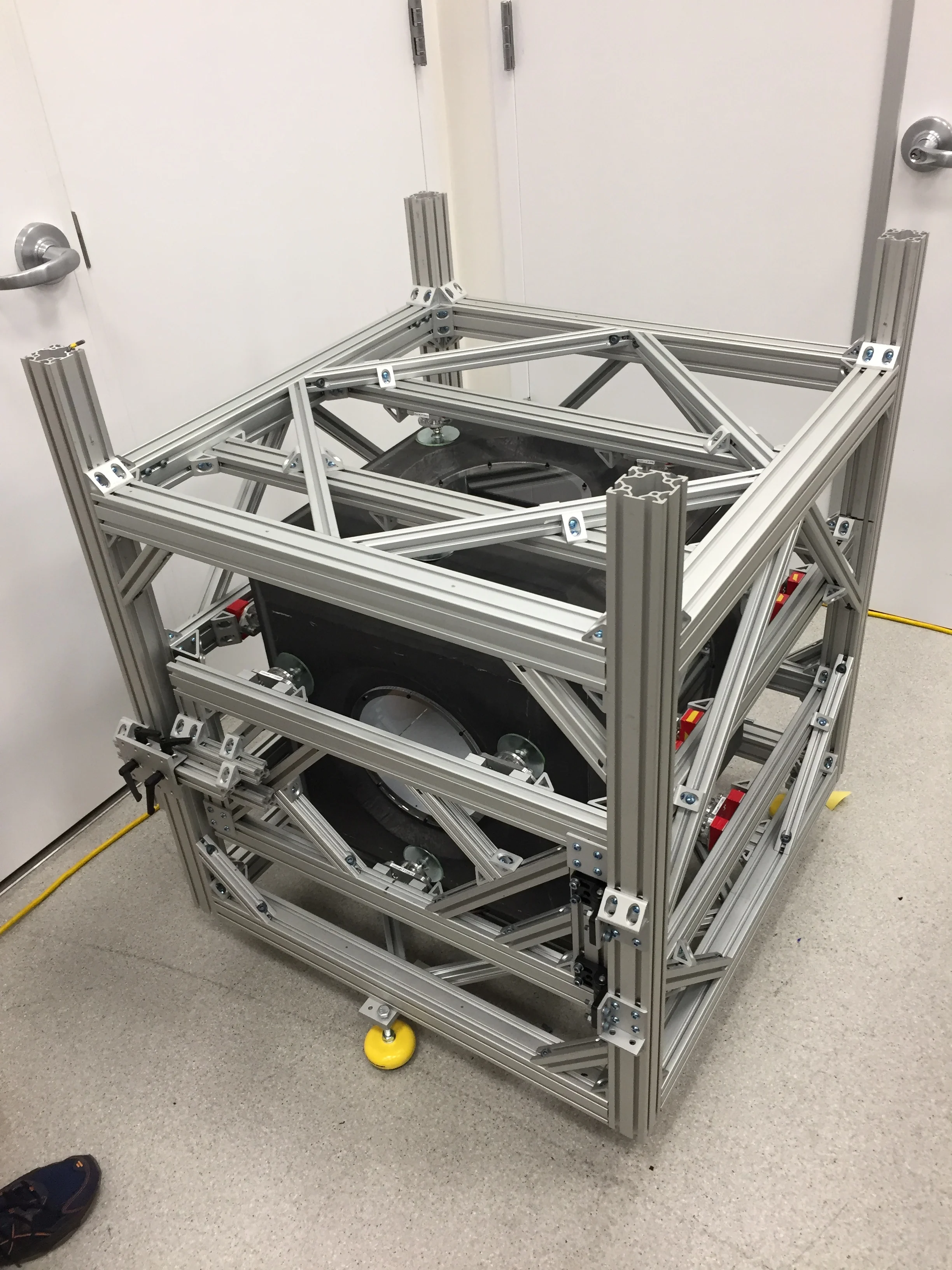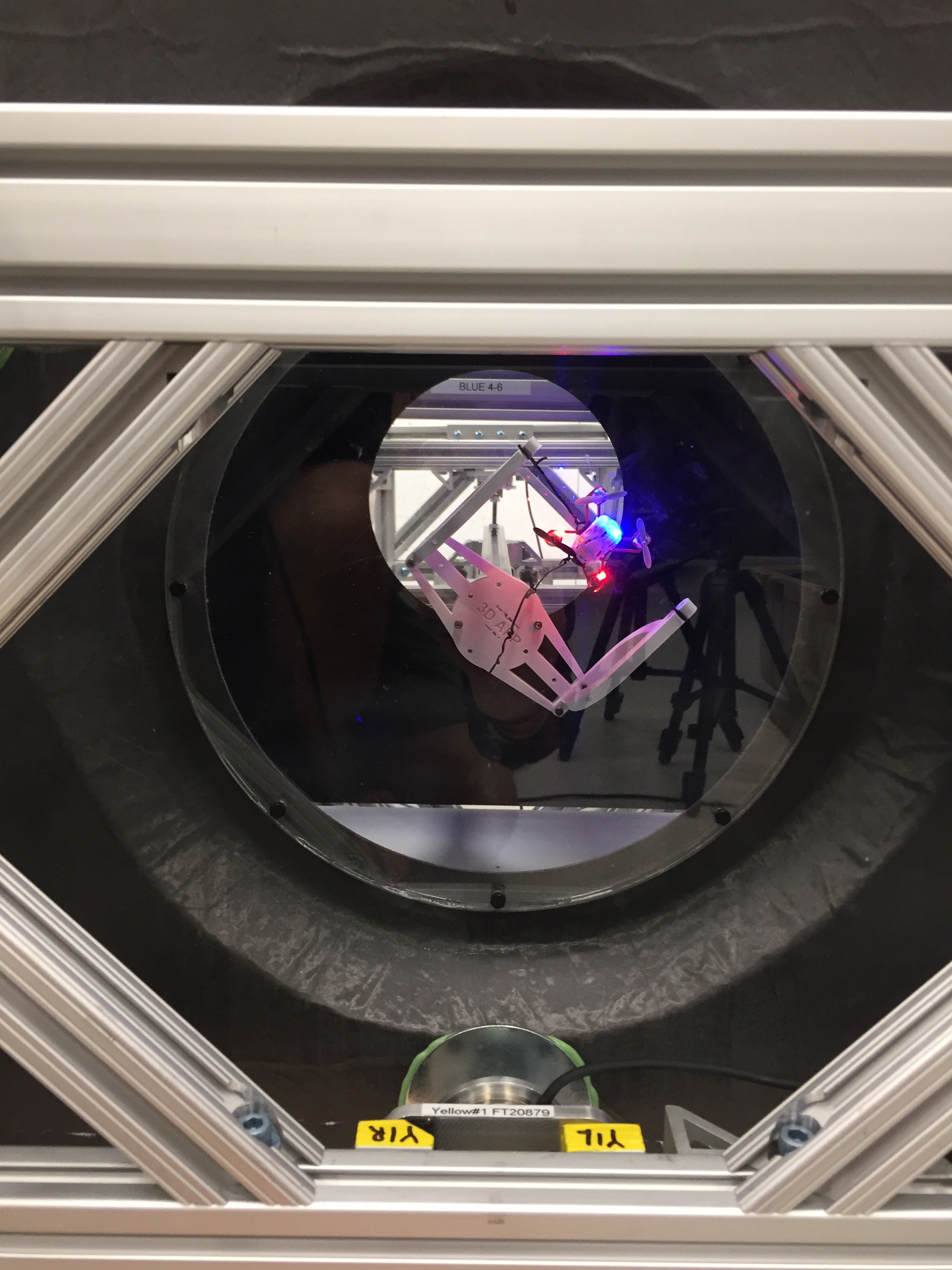World’s First 3D Aerodynamic Force Platform (AFP)
In the Study and Characterization of Maneuvering Hummingbird Flight
I spent the summer of 2018 working as a research assistant with Ben Hightower in Stanford's BIRD lab (LentinkLab). We designed an experiment to study hummingbird weight support and force generation during maneuvering flight.
This was done by promoting the existing Aerodynamic Force Platform (AFP) architecture (created in LentinkLab) to three dimensions and incorporating an instrumented perch. Specifically, by using three force sensors per carbon composite force plate that integrate the contacting pressure waves, we collect force and moment data. By then extending this implementation to the 6 walls of an enclosed cubic, we effectively create an experimental set-up theoretically able to capture 100% of the aerodynamic forces of its subject.








On the project, I was specifically responsible for configuring the internal carbon composite force plates, minimizing the air gaps between. This meant manufacturing custom metal shims using the mill and bandsaw and tuning each plate until it met both stiffness and distance tolerances. Furthermore, extensive modal testing was done both in CAD and on physical structure to prevent hummingbird wingbeats from exciting structural harmonics (after recording the frequency response with a seismic accelorometer, the recording was put through FFT calculations and representative data shows low frequency harmonics are nearly entirely attributable to the environment or are 5 orders of magnitude less than the peak frequency). Finally, I also helped develop a novel door latching mechanism and rapid prototyping of validation methods.


